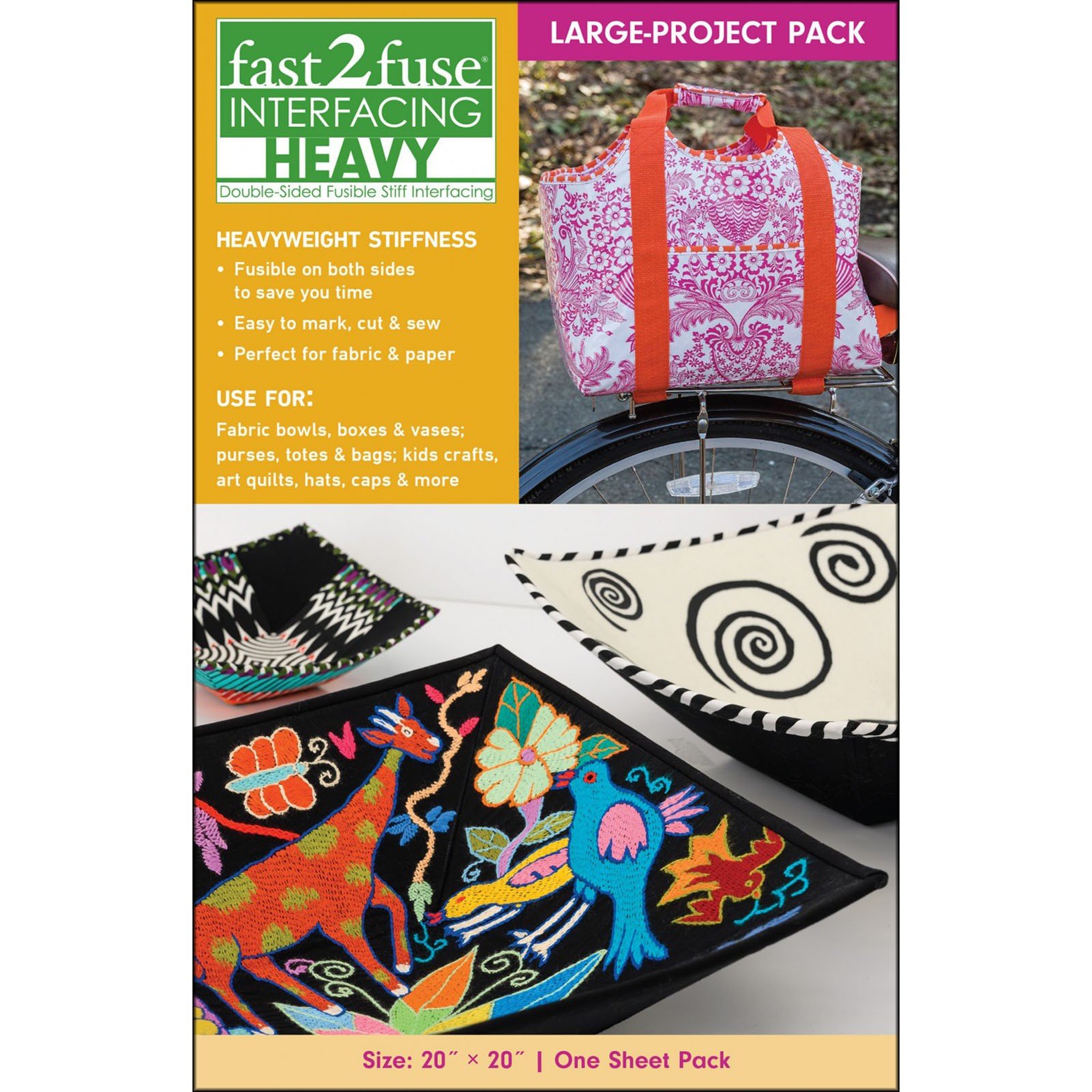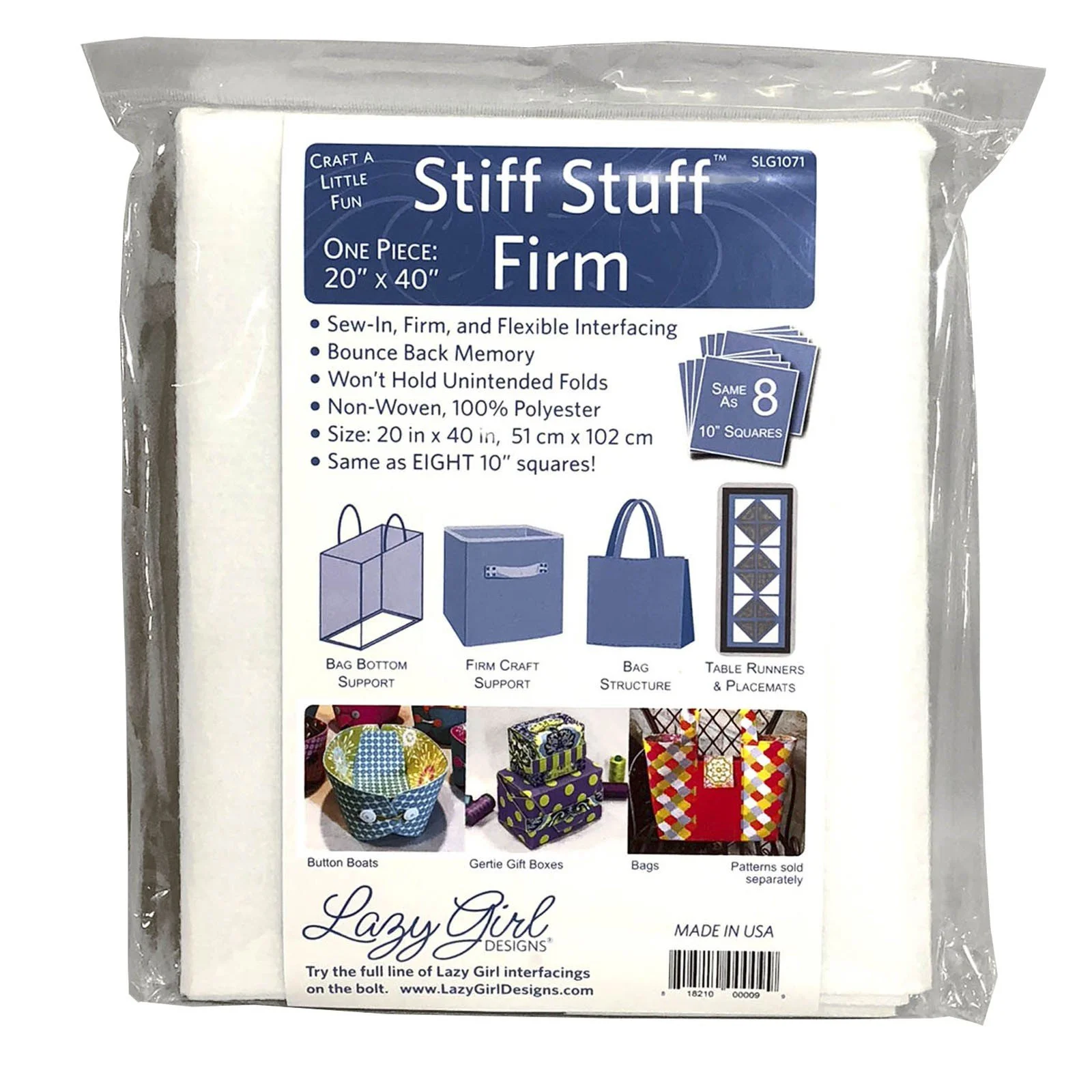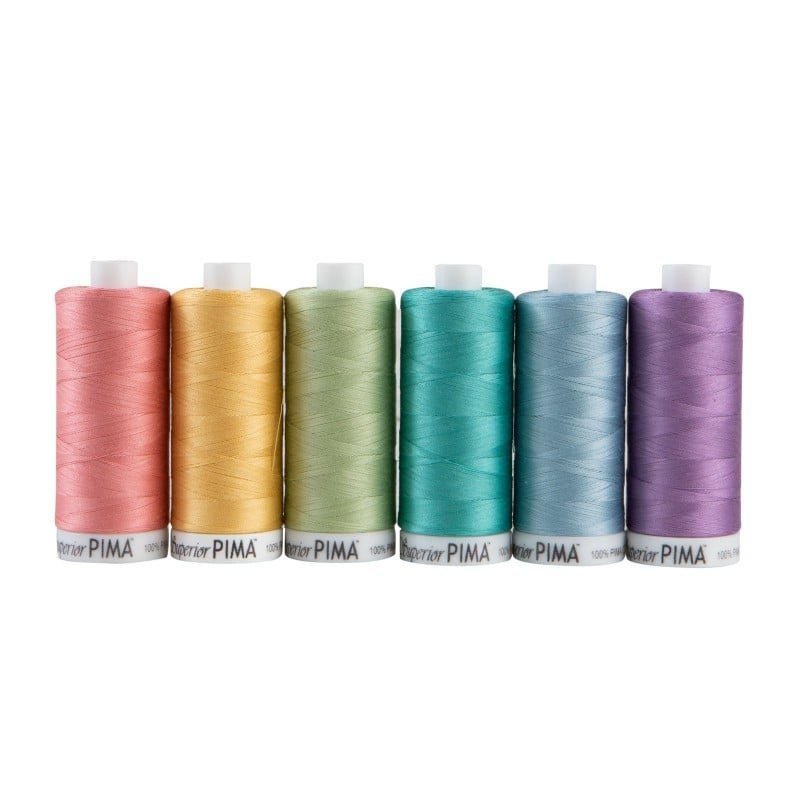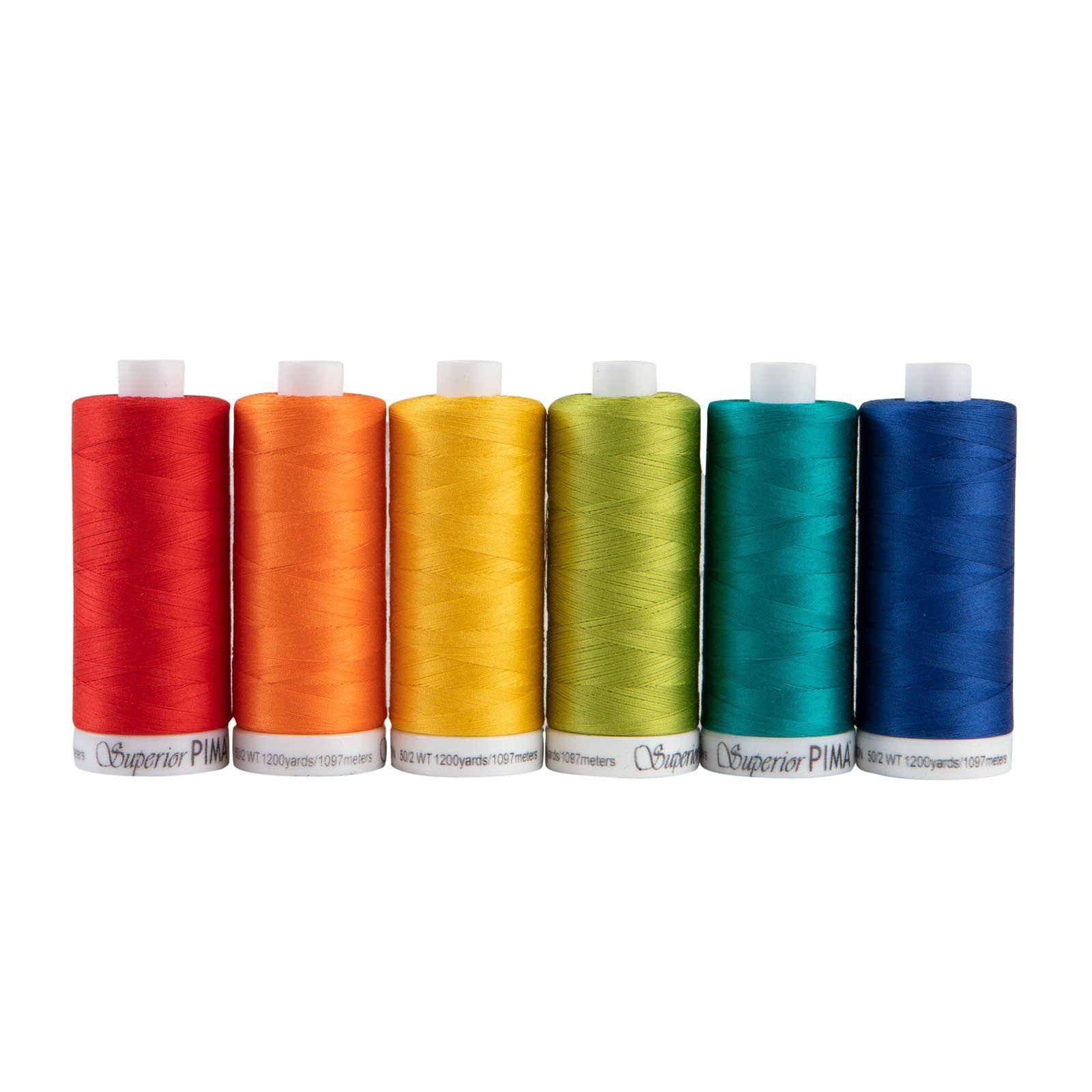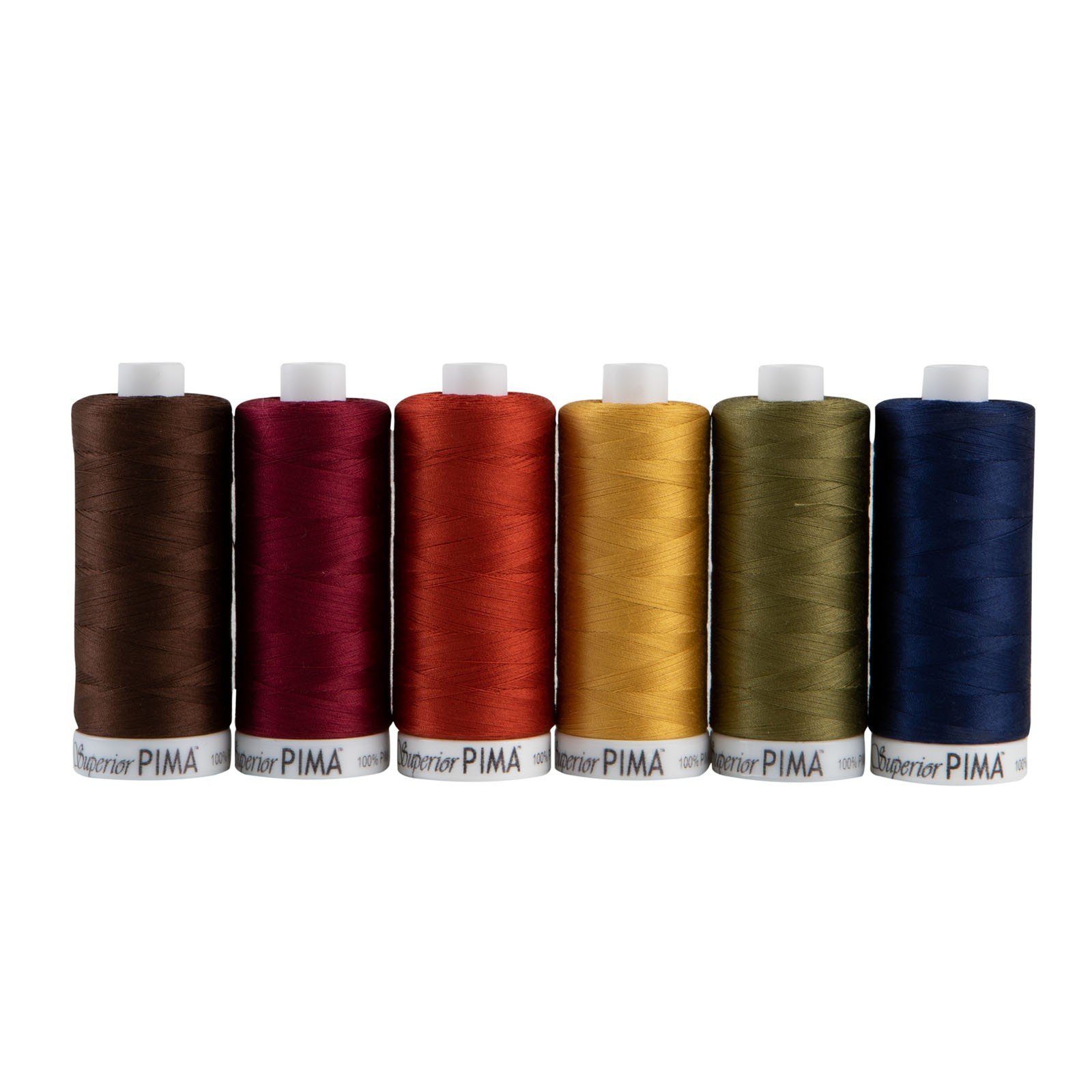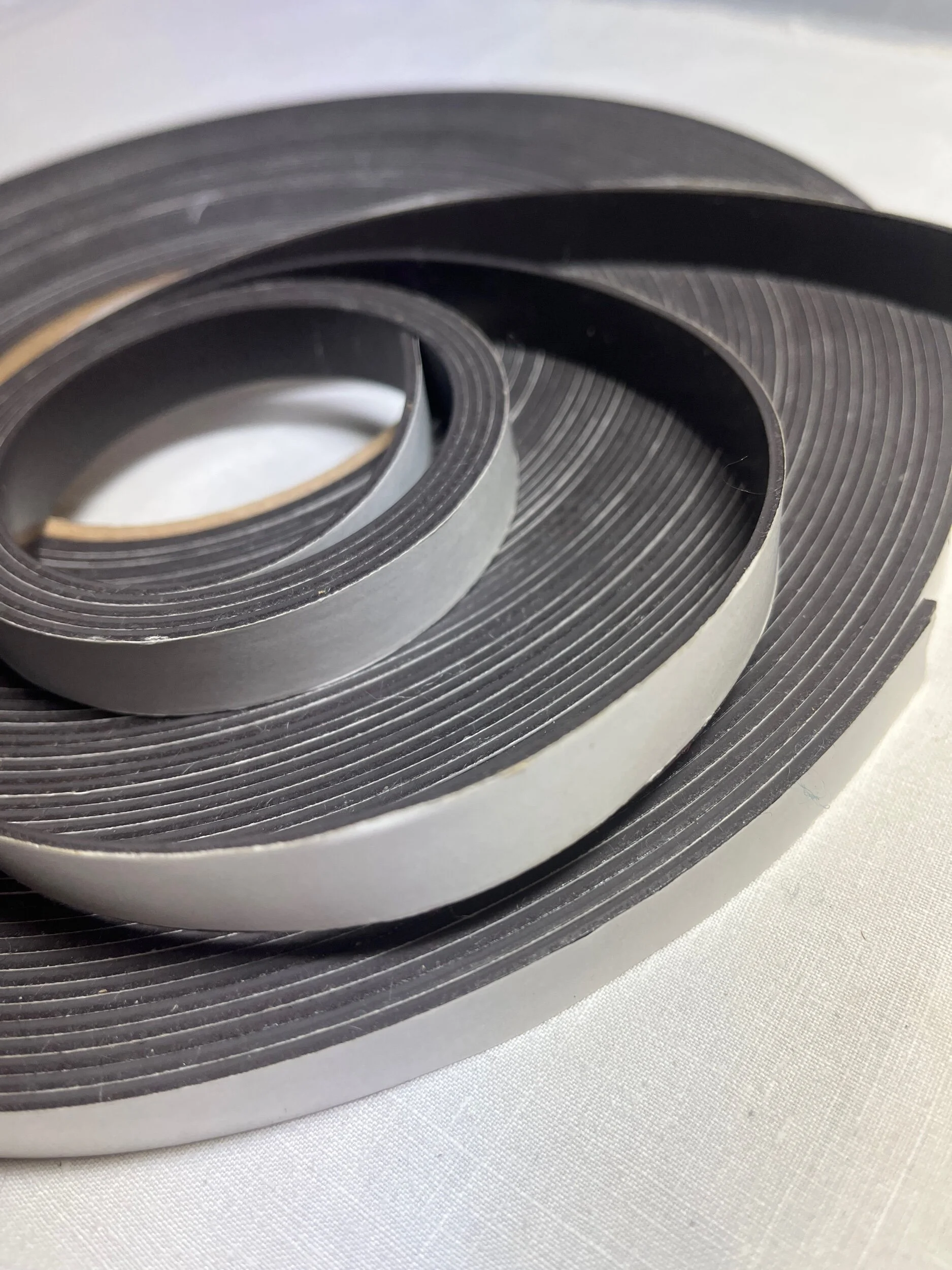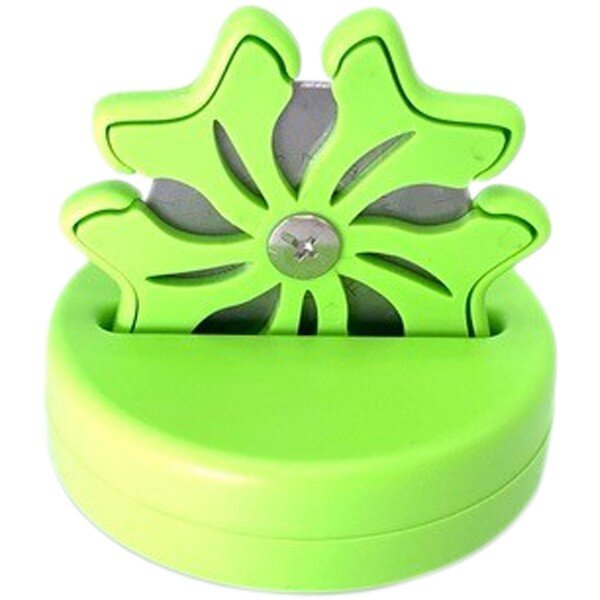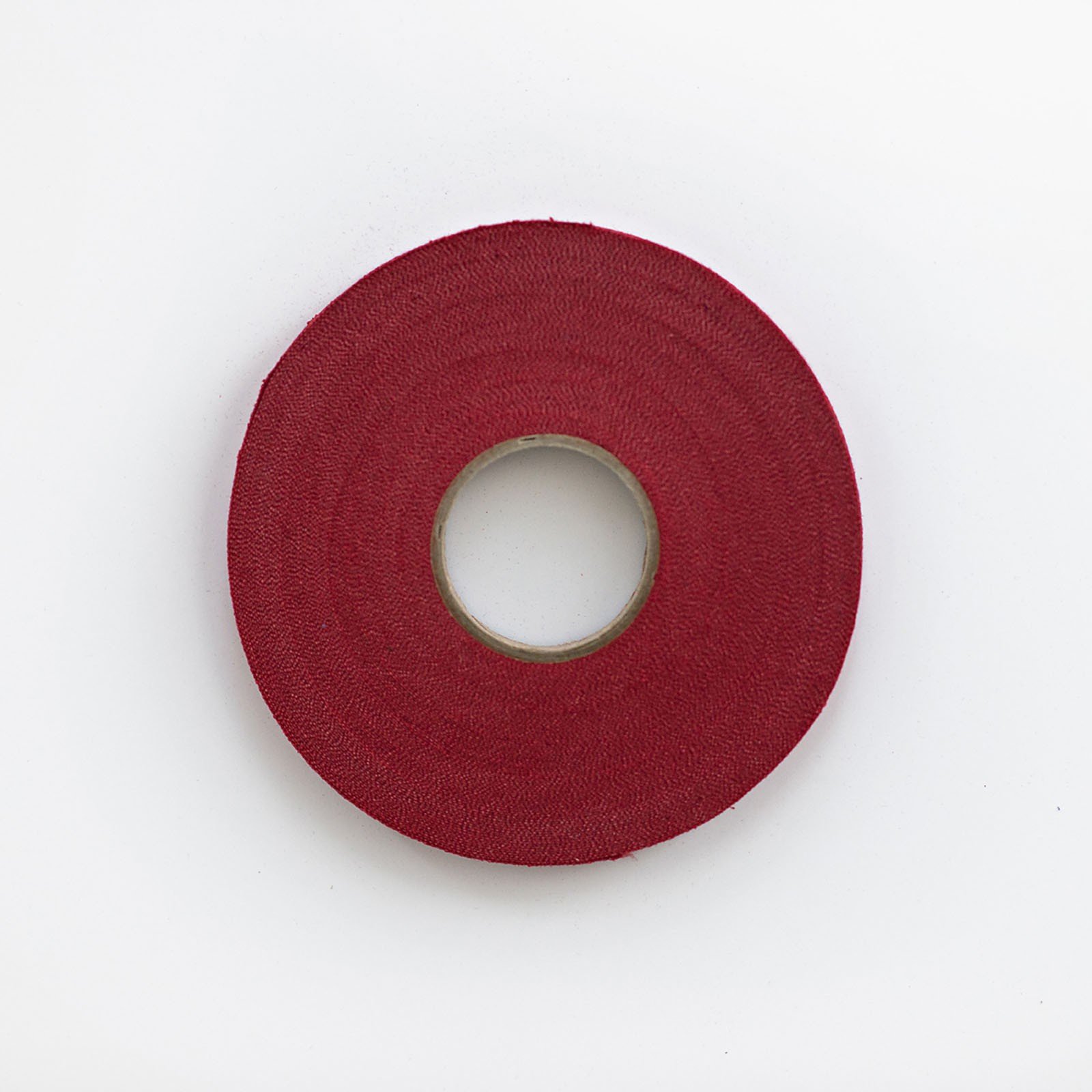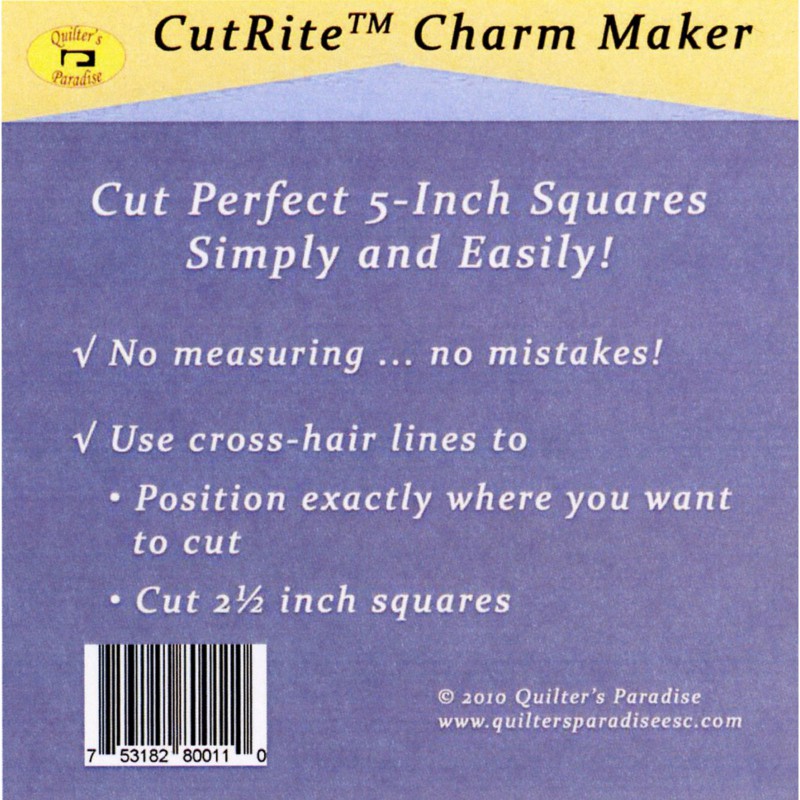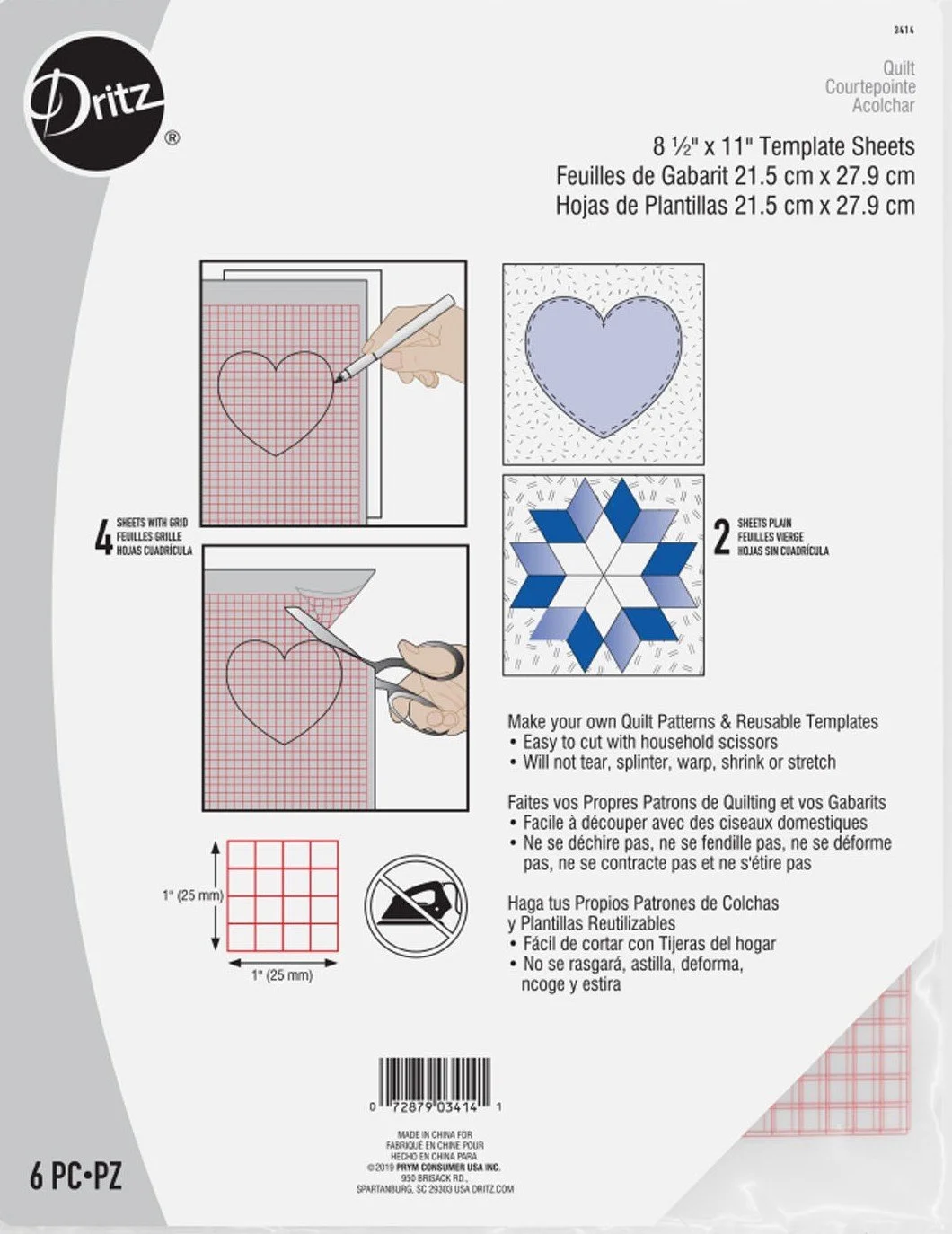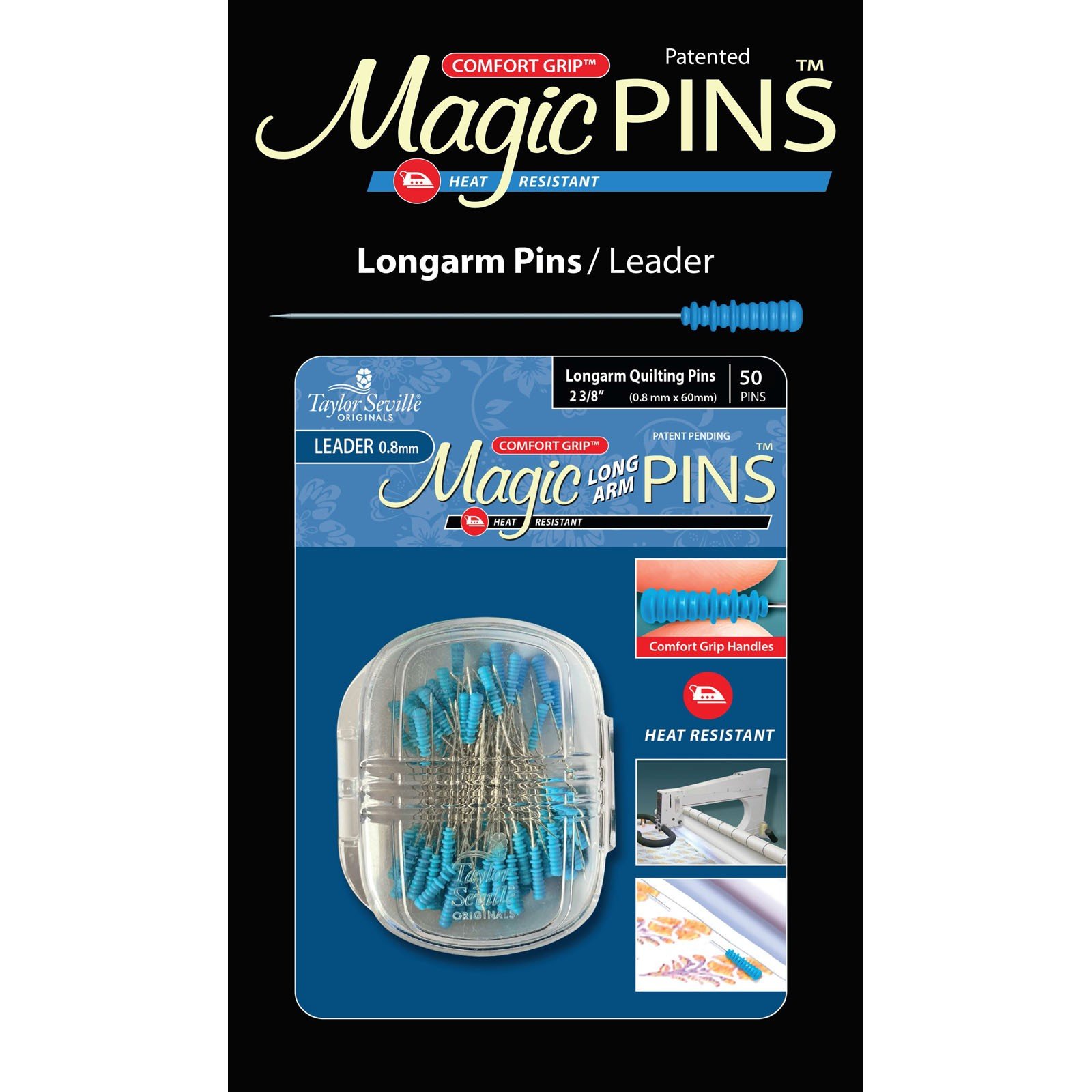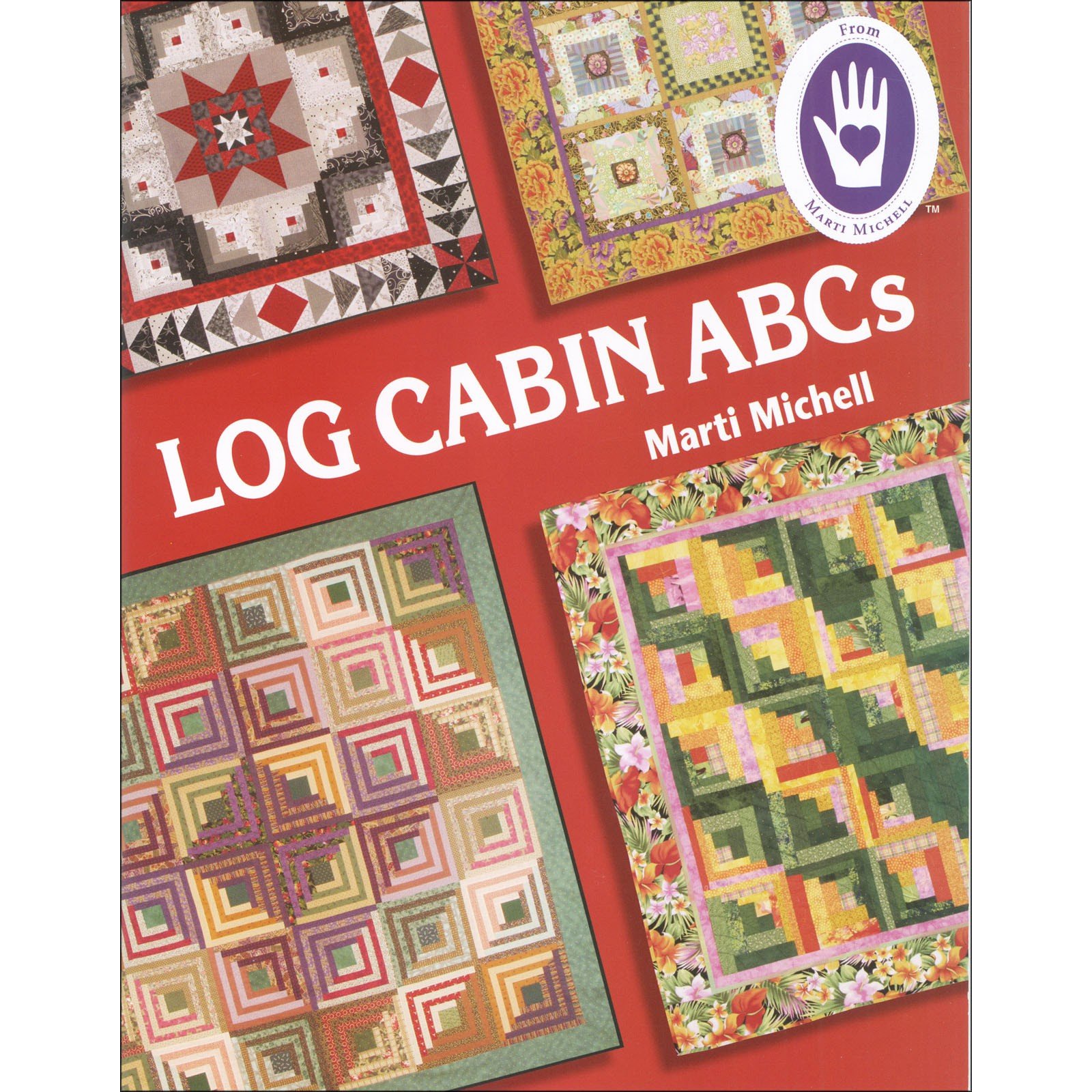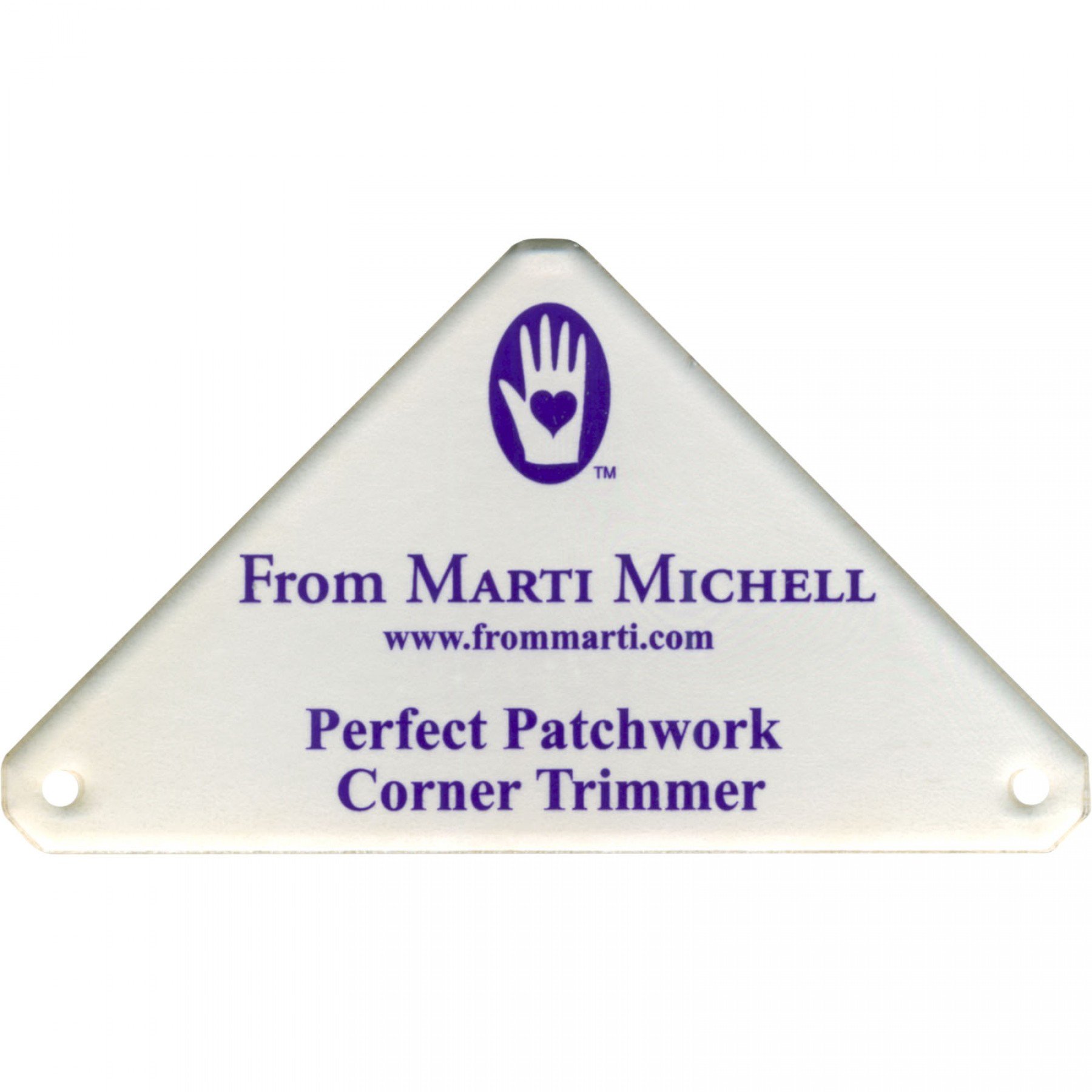




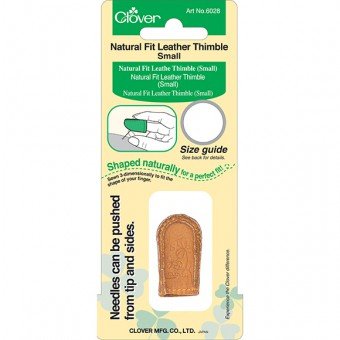









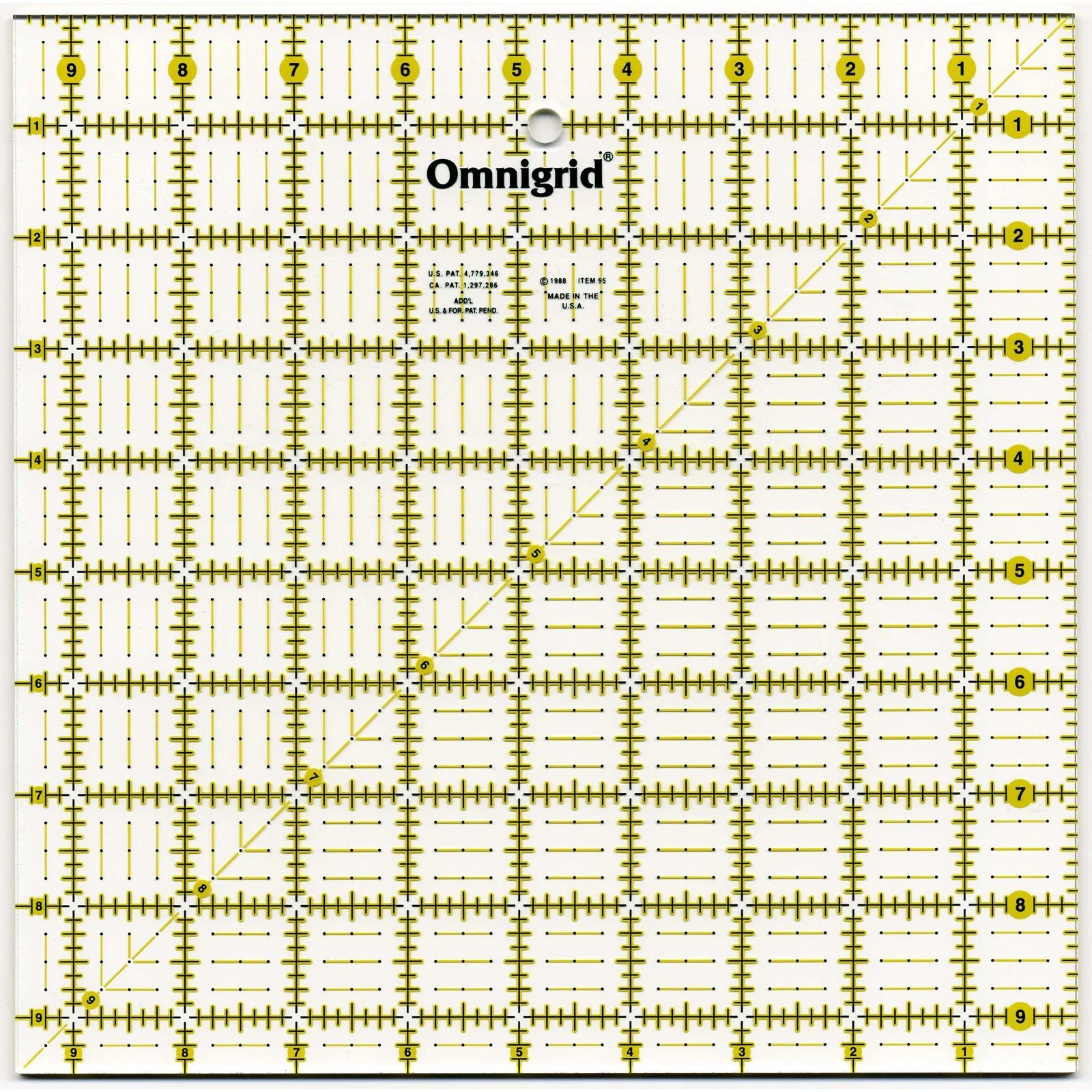
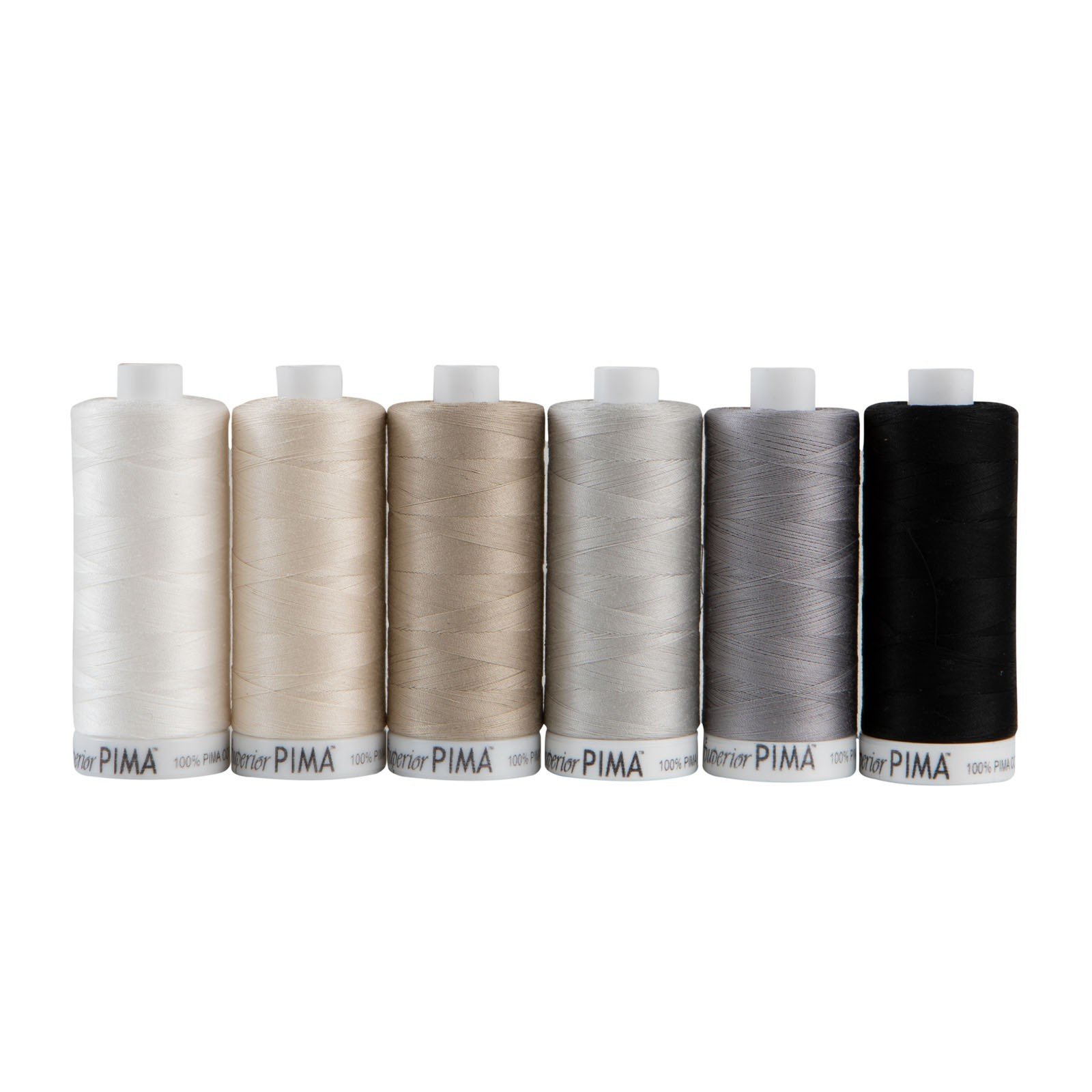
Notes on Threads & Needles
Thread Weight A smaller weight number indicates a heavier thread. The weight of a thread is actually a length measurement. Dividing the length of thread by a set weight derives the exact measurement of a thread weight. Thread labeled 40 wt. when 40 kilometers of that thread weighs 1 kilogram. 30 wt. thread is heavier because it takes only 30 kilometers of thread to weigh one kilogram. 1 kilogram = 2.205 pounds 1 kilometer = 1,093.61 yards
#5 perle Cotton = 5 kilometers = 1 kilogram
Number system is used on many thinner threads and is written as No. 50 (or #50) or No. 100 (or #100). The Number standard was developed in Japan and is known as the Gunze Count system. The smaller the number, the heavier the thread. It is not necessary to know the exact conversion formula. Just remember that a spool of thread stamped with No. 100 does not mean it is a 100 weight thread. One spool of thread may be stamped No. 50, another spool may be stamped 50 wt., and yet another spool of thread may be stamped 50/3. All three of these are measured using different standards do not assume they are similar in size.
Composition standard was developed for cotton thread but has also been adopted for polyester threads. A cotton thread and a polyester thread with identical Composition numbers will be similar, but not exactly the same size. For exactness, it is always necessary to compare cotton to cotton and poly to poly. This standard uses numbers like 30/3 (or 30/1x3) and 50/3 (or 50/1x3). For heavier threads, the first number represents the same number used in the Number Standard and the second number represents the number of plies of thread twisted together. For example, a 30/3 means the thread is a 3-ply No. 30 thread. Most thin threads (50 wt. and thinner) are a 2-ply thread. Most heavy threads are a 3-ply thread.
Needle size A general rule is to use a needle whose eye is 40% larger than the diameter of the thread. If you use a #75/11 or #80/12 size needle for 50 weight thread, you should use a needle with a larger eye when sewing with a heavier thread. Size #90/14 when sewing with a 40 wt. thread and a #100/16 needle when sewing with a 30 wt or 12 wt. thread. If your thread is shredding or skipping stitches, try a new needle and go up one size.
Suggested needle with the thread weights:
60/8 – 100 weight silk and polyester invisible thread
70/10 – 100 weight threads
80/12 – 50 weight threads
90/14 – 40 weight threads
100/16 – 30 weight threads and thicker
In most cases thread should match the fabric. Can’t find an exact match, select a color one or two shades darker.
• Darker shades blend in more and lighter shades stand out more
• When sewing a stretchy fabric such as a knit or spandex fabric, use polyester thread as it has some give.
• Do not use “hand-sewing thread” in the machine.
• For general sewing the same thread should also be used in the bobbin. For machine embroidery, there is special bobbin thread that comes in black and white. When using top stitching thread, all-purpose thread is often used in the bobbin. But when sewing heavy duty items (canvas and upholstery) the heavier thread should be used for both the needle and the bobbin.




